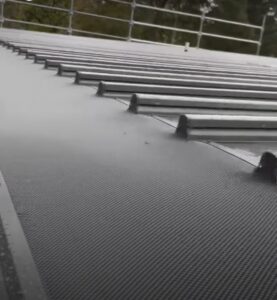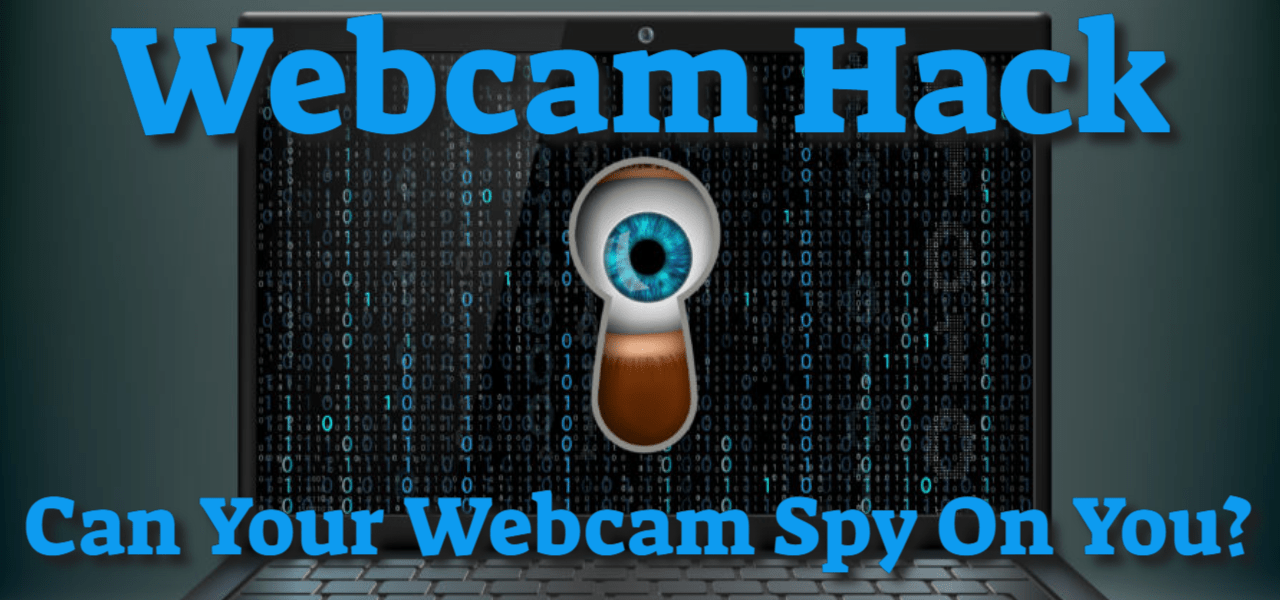
Webcam Hack – Can Your Webcam Spy On You?
Webcam Hack – First and Foremost, what is Webcam Hacking?
Webcam hack: Is it really possible to hack your camera? It certainly is!
Webcam hacking, also known as camfecting, occurs when hackers get unauthorized access to webcams on electronic devices such as smartphones, laptops, CCTVs, baby monitors, home surveillance and security systems, tablets, and PCs – and enable them.
The remotely controlled camera can observe anything inside its field of vision, including the webcam owner.
Hackers will then use this backdoor access to your devices to gain complete control, steal information, or simply spy on you without your awareness, culminating in a successful webcam hack.
Webcams are a significant privacy risk, especially since they are built in many of the products we use daily.
Because many people conduct business meetings or online lectures via video conferencing, the number of webcam hacking cases has increased throughout the recent pandemic outbreak.
Hackers have actively targeted people’s webcams in search of flaws, and as webcam technology has advanced, this has become a serious and harmful issue.
Camfecting puts users at risk of having their images or films stolen without their knowledge or consent, their privacy violated, personal information compromised, and the occurrence of identity theft.
The digital equivalent of a webcam hack is a hacked computer or other digital devices.
Webcam Hack – Concerns About Webcam Security
You’re not alone if you’ve ever looked into your camera lens and wondered if a hacker was watching you. Cybercriminals use a variety of strategies to get access to your webcams.
We’ve had webcams for a long time, but that doesn’t imply we know what to do with them. The webcam hack has been around for almost as long, and current research indicates that over 15,000 private, web-connected cameras are exposed and easily accessible to the entire public.
So forget about hacking; criminals may search the internet and webcam hack webcam footage they find appealing.
Malware that targets webcams is a common tactic in the malicious hacker’s arsenal. Typically, it’s for blackmail and profit. The threat of non-existent material often comes with past data breaches to induce customers to part with their money.
There looks to be a lot of negligence going on right now. People connect their cameras to the internet without enabling any security measures. Worse, many security cameras are devoid of any security measures at all.
Furthermore, the manufacturers of these devices do not clearly convey consumer security information.
Companies want to captivate customers with exciting tools and excellent features rather than compelling them to “SET UP A PASSWORD” on page one of the instruction manual. This is surprising given how vital safety and security message is for other consumer devices.
When was the last time you remember a vehicle advertised that didn’t include language included about seat belts, the number of airbags, or terms like “safety for the entire family”?
In video games, movies, and television shows, epilepsy, violence, and adult language warnings are standard. Trigger warnings are also available on social media.
What about computer hardware, though? It seems to run the danger of rendering the smart devices uncool. What could be more annoying than having security notifications all over the place?
The answer: default settings that broadcast your webcam’s feed to the whole globe.
Webcam Hack – How to Infiltrate a Webcam
So, how effortless is it to hack a webcam? In a nutshell, it’s not that easy. It’s not like a hacker can discover and utilize your webcam on their own. But, if a webcam hacker gains access to your PC or laptop, they will be able to view you through your camera with ease.
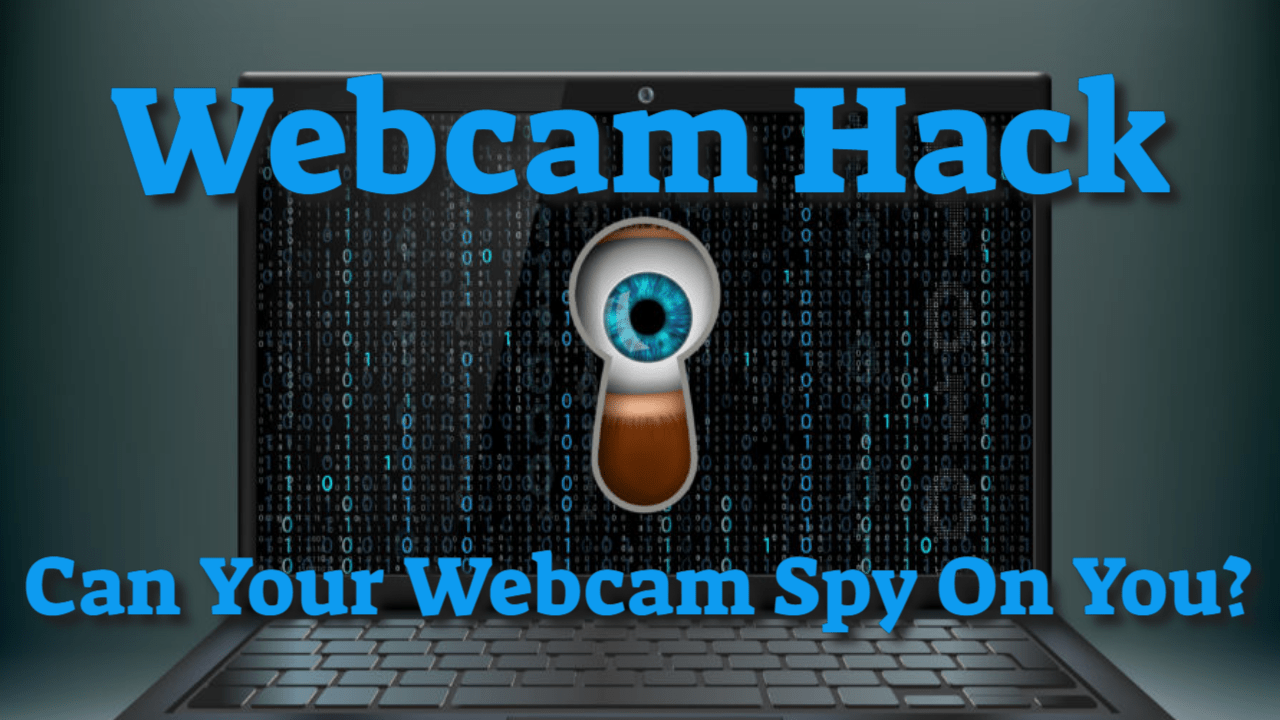
Any device connected to the internet is vulnerable to hacking. If these devices have cameras but no anti-malware software to detect security breaches, the software that regulates and enables the camera’s functioning could easily be compromised.
When it comes to cyber risks, hackers generally have the upper hand. They have complete control over when and how they strike. All they require is the opportunity to earn a return on their time and resources. Every year, a trillion-dollar cybercrime underground economy provides them with all the equipment and know-how they need to launch attacks.
How to Hack a Webcam — Here are a few examples of how webcam hacks may invade your privacy:
1. (RATs) Remote Access Trojans
RATs are malware that allows an attacker to control a victim’s system or device remotely. They could switch on the camera without turning on the light, record, and then transmit the video data to themselves.
This same tool may be used to record keystrokes, allowing them to steal passwords, banking information, and other sensitive data.
RATs, like any other type of malware, can spread via:
* links or malicious attachments in phishing emails
* malicious links in instant messengers or social media platforms
* Apps that appear to be legit but are malevolent
2. Unsafe passwords
Password predicting software apps abound, and they can quickly get into devices that use passwords like 123456, qwerty, and other easily breakable codes.
These lines of code are designed to decode dictionary phrases and typical number combinations used as backend channel passwords.
Your login credentials are taken after inputting the right word and number combination, such as qwerty123, and hackers gain access to your account information.
3. Malware
Malicious code, sometimes known as malware, is meant to:
• install itself on your device without your knowledge
• function in the background silently
• Gain access to various information on the software on your device.
Malware is commonly spread via popular downloads. Wallpapers, celebrity photos, and browser plugins from dubious sites may all include malware that is unintentionally downloaded onto your PC and allows hackers access to your camera.
4. Botnets
Botnets are malicious computer networks continuously monitor web domains for software vulnerabilities in website code, online databases, and operating systems. Botnets then exploit weaknesses in software security mechanisms and human mistakes.
Using botnets results in shady, sometimes hostile takeovers of such assets. Once infiltrated, the botnet may access data, including consumer usernames and password records, and use this information to target thousands of people further and gain control of their digital devices.
And, What Are the Signs That Your Camera Has Been Hacked?
“A webcam hack” is one of the most common hacks. Someone gaining access to your laptop camera, spying on you, and then blackmailing you into publicly exposing the film may sound like a Hollywood cliché. Still, it’s not as far-fetched as you would assume.
Continue reading if you suspect your camera may have been hacked.
Check Your Indicator Light
Most webcams now incorporate an indication light, including those integrated into laptops.
When the camera is recording, this light activates, and prudent manufacturers aim to code the controls for this light at the lowest possible level. If you have a good camera, an attacker will find it difficult to spy on you without this light.
So, if the light is on when it shouldn’t be, you’ve most likely been hacked.
Analyze Your File System
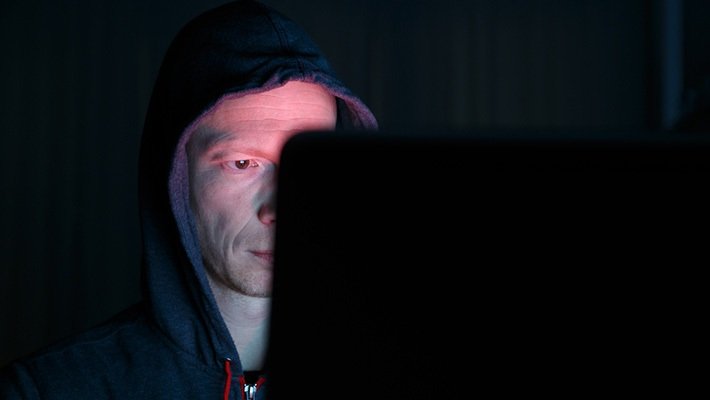
Most webcam hacks take advantage of the average user’s lack of knowledge. As a result, many webcam hackers make little attempt to disguise their actions. Believe it or not, some people have no clue where their camera data is kept on their hard drives.
If this is you, search for it (it will be under the camera settings) and examine the folder. If you uncover many video files you did not make, you have most certainly been hacked.
Scan for Questionable Applications
Malware is used in the majority of webcam hacks. Basic malware will run in the background on your computer without your awareness (until, that is, pictures from your webcam appear on the internet). However, an easy way to validate this is to open your system monitor and look at the list of processes.
It can be a difficult task for the average user to distinguish malware from other confusingly titled but genuine apps, but here’s a tip: restart your computer and open the system monitor before running anything else.
Ideally, all processes should be idle (i.e., not using any processing resources). If you see a process running, it is almost certainly malware.
Inspect for Malware
A regular malware scan is another method for detecting and removing malware. There are various methods for this, and a good malware scanner should catch the vast majority of spyware used to spy on you.
It’s important to ensure your security software is up to date since new malware is launched every week, and your program has to know what to look for.
Review Your Security Settings
If your camera’s security settings are fouled up, this is another indication that it has been hacked. Examine your webcam’s settings (you can find instructions online).
If you can’t update these settings or if the admin account’s name has been altered, you’ve most likely been hacked. If this occurs, there isn’t much you can do except purchase a new camera and reset the default password as soon as it arrives.
Consider these factors: You have an internet-connected camera, which is a haven for webcam hacks. Of certainty, they’ll do all they can to record what you’re doing in your own home and broadcast it to a billion people online.
Please take the necessary steps to avoid this, which we will cover next.
Secure Webcam – Avoid Having your Webcam Hacked.
Because malware is the primary means by which hackers may peer through your device’s lens, the issue is essentially one of boosting your device’s security defenses against malware threats, vulnerabilities, phishing emails, and other standard web hazards.
Your cybersecurity procedures are always the first line of defense. Avoiding clicking links in strange emails is an excellent place to start since webcam hackers commonly use phishing emails to access your machine.
1. Cover up the camera lens.
The first step in preventing spying is to cover the camera. No matter how cunning the hacker’s spyware is, there is no way to get through a covering placed over the lens.
Placing electrical tape over the lens is a low-cost method of deterring webcam spies, but it may leave adhesive residue on the lens that interferes with camera operation. Alternately, the expense of a few bucks for a plastic webcam cover that can slip over your webcam while not in use is a good defense plan.
2. Activate your firewall.
A firewall that examines network traffic and prevents unwanted inbound connections should be protecting machines connected to a home network.
Ensure your firewall is turned on – check your firewall settings by clicking on the Windows logo in the lower-left corner of your computer screen and searching for a firewall icon. Go to Options Menu, sharing, firewall, and Start on a Mac.
3. Avoid being a victim of phishing
Hackers may impersonate support agents and phone you, stating that there is a problem with your system/computer/program and that they must fix it. Don’t believe them.
It is a common phishing technique used by criminals to install remote-access malware on your instrument. That software then enables the culprit to access your camera and adjust its permissions.
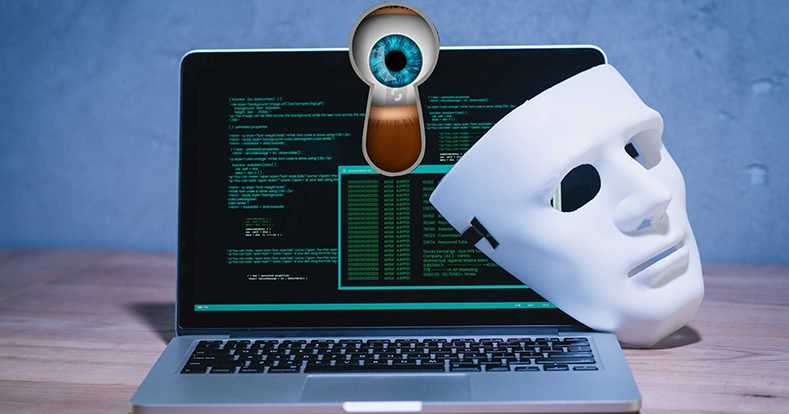
Another method for tricking people into downloading RAT malware is to send phishing emails with bogus URLs and infected files. Unknown senders’ emails should be viewed with caution, and you should avoid clicking on questionable links or downloading suspicious files.
4. Secure your Wi-Fi connection
You may have overlooked a vulnerability in Wi-Fi. Constantly update the router’s default password and select a strong and unique password to make it more challenging to decode.
5. Review Your App Permissions
Apps and browser extensions with camera access can occasionally modify the webcam’s settings, causing the indicator light to illuminate even when you’re not recording.
You may deny all programs access to your camera in most operating systems. Be aware that removing permission may cause certain apps to stop working.
6. Disable Remote Access
Another option for stopping hackers from gaining remote access to your computer is to disable remote access. Disable Windows Remote Assistance and Remote Desktop.
7. Install updates automatically and regularly.
The first step in safeguarding your privacy is to adopt strong cybersecurity habits. Regularly deploying updates helps protect your system from new vulnerabilities and malware threats.
8. Make use of a VPN
It is desirable, ideally, to avoid a security compromise in the first place. Using a VPN to protect your internet connection prohibits your internet service provider and criminal hackers from spying on your activities.
A VPN, the acronym used for virtual private network, is a privacy tool that encrypts your data and sends it via an intermediary server in another part of the world. NordVPN is our top VPN option, and you can learn more about their award-winning service by clicking here.
9. Setup Commercial-Grade Security Software
Installing commercial-grade security software and conducting regular system updates are inextricably linked. There is a lot of free security software available online, but free solutions cannot keep up with emerging threats as well as a reliable subscription service.
Maybe you’re looking for a trustworthy security application. Sophos Home is an ideal choice in that scenario, not just because of its comprehensive virus security but also because the program has a sophisticated webcam protection function, which I’ll go over in more detail below.
Cutting-Edge Webcam Protection with Sophos Home
In the Internet of Things age, cybercriminals are finding it easier to disturb your life. While you are oblivious, hackers can use your daily tools against you.
Hackers frequently target the basic camera installed on the majority of PCs and mobile devices. It allows them to spy on your activities, and the information acquired may be used as blackmail or, in some instances, to get access to even more extraordinarily confidential and sensitive information.
Sophos Home’s layered security strategy protects webcams against intrusion.
That access is denied if an unauthorized person attempts to view your camera. It also employs artificial intelligence and deep learning to prevent known and unknown malware from obtaining control of your webcam.
Even if dangerous malware files that attempt to infect your camera are downloaded onto your computer, they are detected and blocked from running.
Webcam Privacy That Works
Sophos Home alerts you when someone tries to access your webcam. This activity may be blocked or enabled, ensuring that your webcam stays safe and does not fall into the hands of webcam hacks.
Website Restrictions
Sophos Home uses the continuously developing SophosLabs database of prohibited sites to guarantee that you do not inadvertently visit hazardous sites with malicious links that download webcam malware.
Deep Malware Analyzer
The malware scanner in Sophos Home can even detect and remove malware left behind by previous security products. Any possible threat to your webcam has been removed.
Click here to learn more about Sophos Home’s security features, including expanded webcam protection.
The Post: Webcam Hack – Can Your Webcam Spy On You? was first seen on https:// websecurityhome.com
This Post is Brought To You By:








